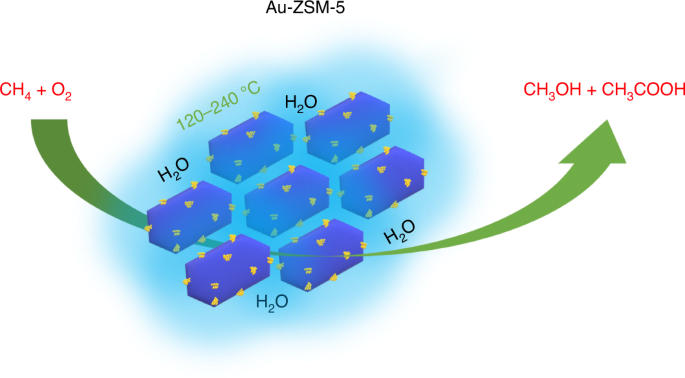2021-12-13 シンガポール・南洋(ナンヤン)理工大学(NTU)

・ NTU SCARCE(Singapore-CEA Alliance for Research in Circular Economy)が、電子ゴミ(e-waste)のプラスチックをシャーレ(細胞培養皿)に再利用するアップサイクル技術を開発。
・ 世界で毎年排出される 5 千万トンの電子ゴミの約 20%を占めるプラスチックのサステナブルな利用が期待できる。電子ゴミプラスチックの回収に加え、バイオ医療研究でのプラスチック廃棄物量の低減にも貢献。世界ではシャーレを含んだ研究関連のプラスチック廃棄物を毎年 550 万トン排出している。
・ 2020 年に電子ゴミのプラスチックによる幹細胞 6 種類への影響を調査し、環境に有害な成分の含有にも関わらず細胞の健全な成長を確認。電子ゴミプラスチックのアップサイクルと高度な細胞培養アプリケーション試行の端緒を開いた。
・ 地域の廃棄物リサイクル施設が収集した電子ゴミのうち、液晶ディスプレイ(LCD)のキーボード・プッシュボタンと光拡散シート(比較的平坦で滑らかな表面)、およびプリズムシート(突起のある表面)の表面状態の異なる 3 種類のプラスチックを使用した。
・ 殺菌済みの電子ゴミプラスチックの円板(1.1cm)でヒトの幹細胞を培養したところ、1 週間後もその95%超が健全性を維持。ポリスチレン製の市販のシャーレによる幹細胞培養に匹敵する結果が得られた。
・ また、赤血球、脳細胞や骨細胞等の特定の機能を持つ幹細胞への分化能力の維持も確認。電子ゴミとポリスチレンの各シャーレの幹細胞に脂肪細胞と骨細胞への分化を促す 2 種類の培養液を添加し、2 週間後に電子ゴミシャーレの幹細胞がより多く分化した。
・ さらに、キーボードボタンと光拡散シートのプラスチックで培養した幹細胞は骨細胞に、プリズムシートでは脂肪細胞にそれぞれ展開する傾向があることを発見。再生医療や人工培養食肉等の幹細胞分化制御の研究を可能にする、微細構造構築での電子ゴミプラスチックの有用性を実証した。
・ 高価値の生物工学的アプリケーションを支える、電子ゴミのプラスチックをアップサイクルする資源効率的な再製造プロセスの開発をさらに進め、サステナブルな研究活動と産業における革新的な廃棄物の資源化の促進に貢献する。
・ 本研究は、Closing the Waste Loop Funding Initiative の下、シンガポール国立研究財団(NRF)と国家環境庁(NEA)が支援した。
URL: https://www.ntu.edu.sg/news/detail/giving-e-waste-plastics-a-new-lease-of-life
<NEDO海外技術情報より>
(関連情報)
Science of The Total Environment 掲載論文(アブストラクトのみ:全文は有料)
Direct reuse of electronic plastic scraps from computer monitor and keyboard to direct stem cell
growth and differentiation
URL: https://www.sciencedirect.com/science/article/abs/pii/S0048969721061635?via%3Dihub
(関連情報)
Chemosphere 掲載論文(アブストラクトのみ:全文は有料)
Clarifying the in-situ cytotoxic potential of electronic waste plastics
URL: https://www.sciencedirect.com/science/article/abs/pii/S0045653520329179?via%3Dihub
Abstract
Reuse of electronic wastes is a critical aspect for a more sustainable circular economy as it provides the simplest and most direct route to extend the lifespan of non-renewable resources. Herein, the distinctive surface and micro topographical features of computer electronic-plastic (E-plastic) scraps were unconventionally repurposed as a substrate material to guide the growth and differentiation of human adipose-derived mesenchymal stem cells (ADSCs). Specifically, the E-plastics were scavenged from discarded computer components such as light diffuser plate (polyacrylates), prismatic sheet (polyethylene terephthalate), and keyboards (acrylonitrile butadiene styrene) were cleaned, sterilized, and systematically characterized to determine the identity of the plastics, chemical constituents, surface features, and leaching characteristics. Multiparametric analysis revealed that all the E-plastics could preserve stem-cell phenotype and maintain cell growth over 2 weeks, rivalling the performance of commercial tissue-culture treated plates as cell culture plastics. Interestingly, compared to commercial tissue-culture treated plastics and in a competitive adipogenic and osteogenic differentiation environment, ADSCs cultured on the keyboard and light diffuser plastics favoured bone cells formation while the grating-like microstructures of the prismatic sheet promoted fat cells differentiation via the process of contact guidance. Our findings point to the real possibility of utilizing discarded computer plastics as a “waste-to-resource” material to programme stem cell fate without further processing nor biochemical modification, thus providing an innovative second-life option for E-plastics from personal computers.



